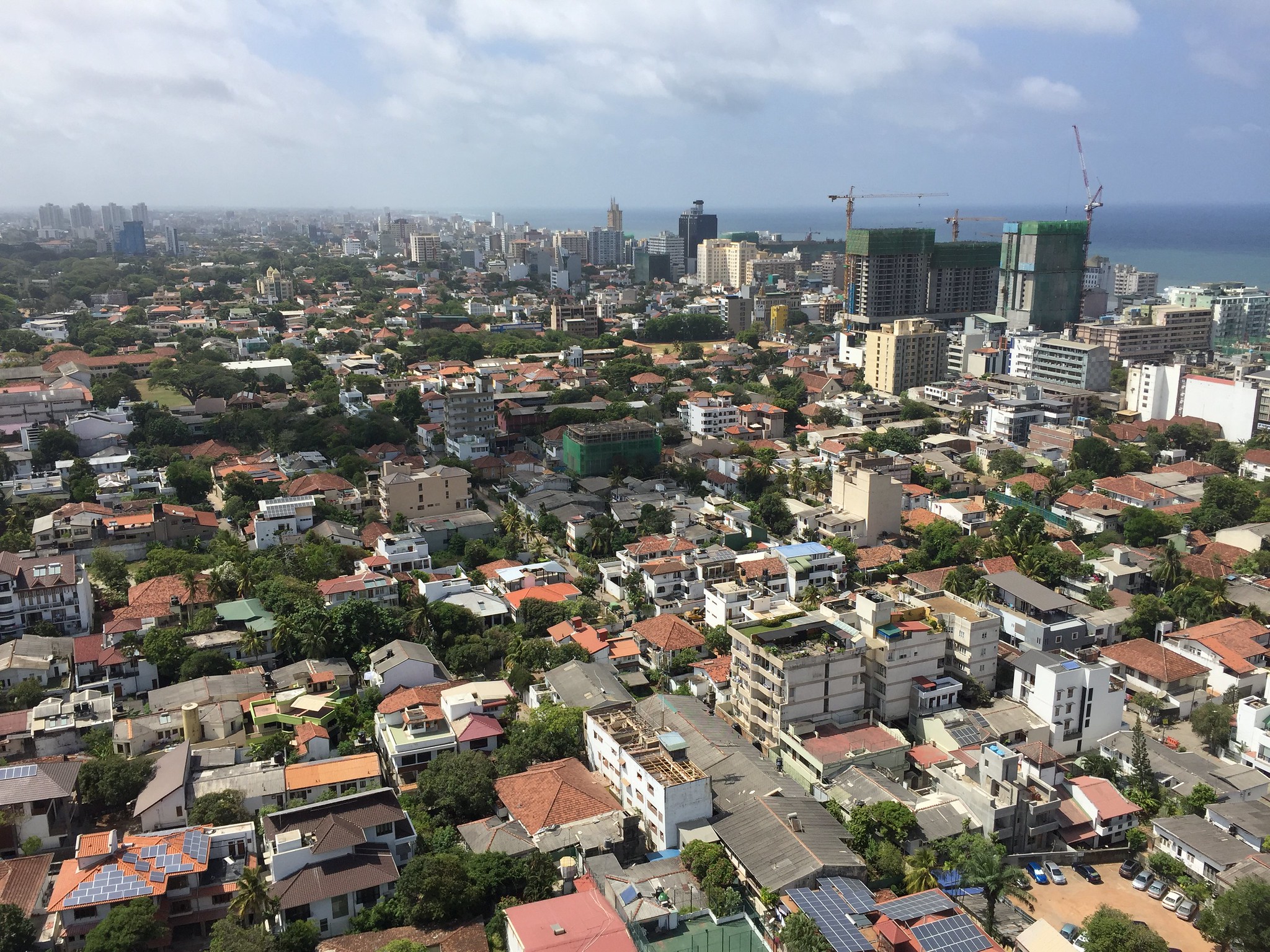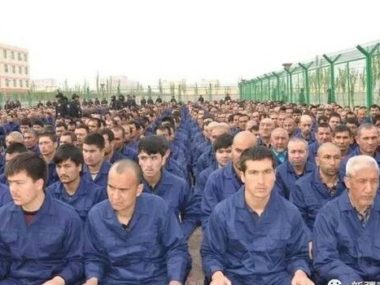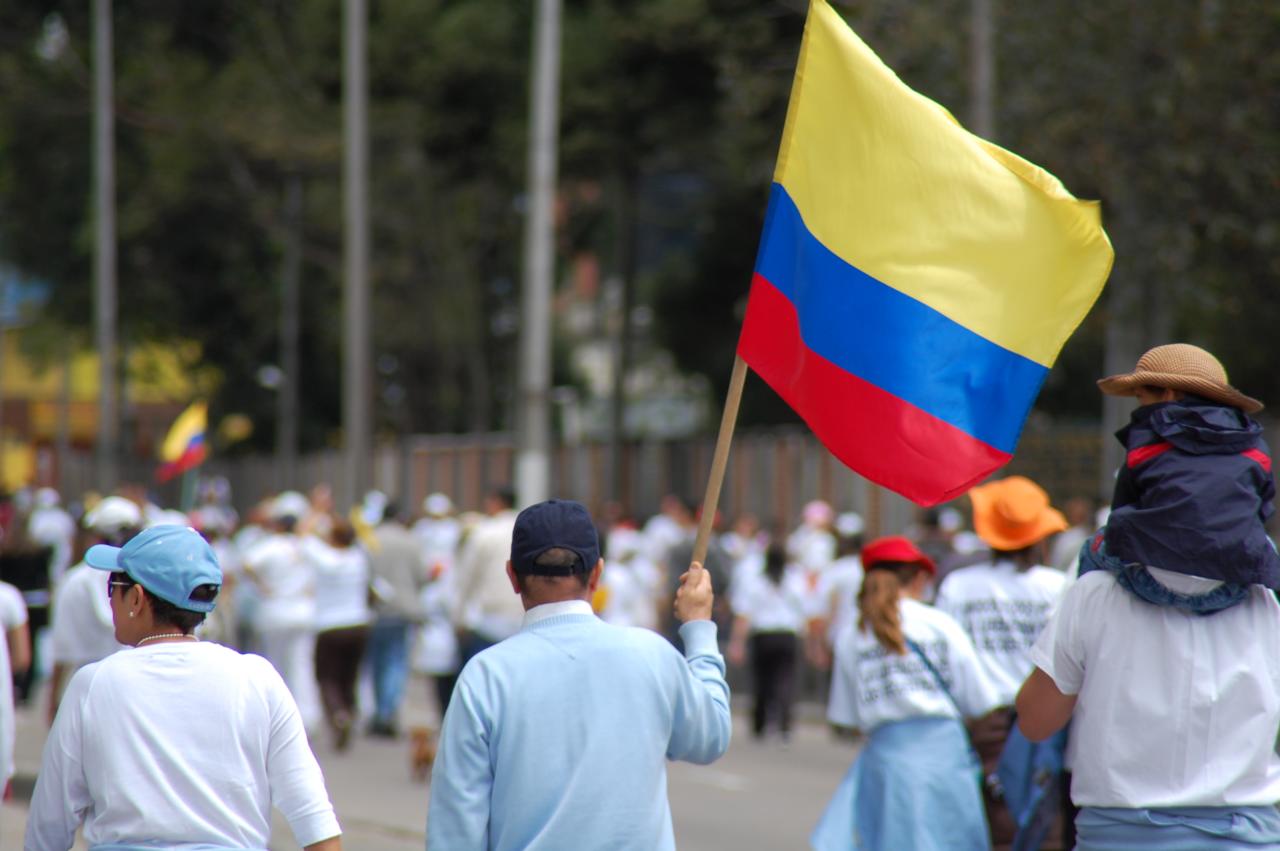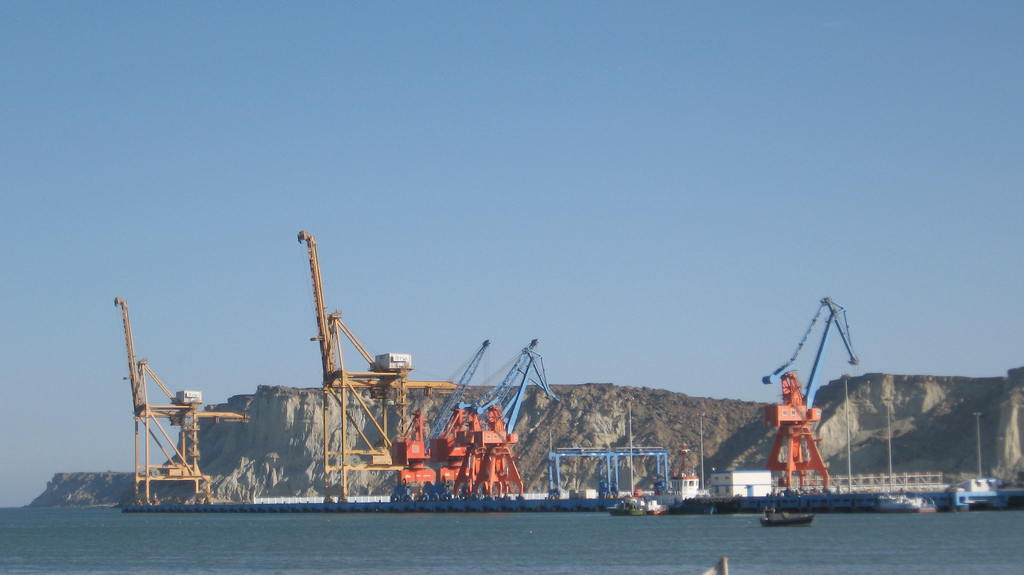By Page Fortna.
Sri Lanka has a horrible history of deliberately indiscriminate attacks on civilians. The Liberation Tigers of Tamil Eelam (LTTE) (and other militant Tamil nationalist groups) carried out such attacks throughout the 30+ year civil war, along with attacks on government targets and rival groups. The leftist JVP insurgency engaged in terrorism in the late 1980s. Sri Lankan security forces also bombed civilian targets, and engaged in arbitrary arrests and disappearances, during the war. Suicide attacks are nothing new here—the LTTE was an innovator in developing this technique.
The attacks of April 21, 2019, are different in several crucial ways:
- the death toll (290 dead and over 500 injured, as of Monday’s count) and level of coordinated attacks (eight bombs, six of them suicide attacks) is much higher than attacks typical during the civil war
- the targets (Catholics and foreigners) of these attacks are very different
- this set of attacks comes out of the blue, not as part of a pattern of attacks and reprisals that characterized attacks on civilians during the war.
These differences provide some, albeit sketchy, clues as to who did or did not carry out the attacks and why, though definitive answers must await further credible information.
Who is Responsible?
This is unknown as of yet. ISIS claimed responsibility, perhaps opportunistically, two days after the attack. ISIS was not previously known to be active in Sri Lanka. Initially the government said the attacks were the work of a single group and ruled out foreign involvement. On Monday, the government cast blame on an obscure extremist Islamist group called National Thowheeth Jama’ath, and reportedly said it had help from abroad, but has not specified from whom.
The high death toll—and especially the level of coordination—suggests a well-organized group with ample resources and extensive training Immediately prior to the Easter attacks, there were no non-state organizations active in Sri Lanka known (at least publicly) to have such organizational and financial resources. The LTTE was wiped out in 2009, the JVP long before that. Political violence in the past few years has mostly been mob violence and rioting—for example attacks against Muslims in March 2018. If an Islamist militant group with these resources existed, security analysts of terrorism in South Asia don’t appear to have known about it. As a researcher on sabbatical to study terrorism in Sri Lanka, I had never heard of National Thowheeth Jama’ath. That such an obscure group could have pulled off this level of coordinated and deadly attack is not impossible but seems unlikely. And while ISIS has claimed responsibility for the attack, the extent of the group’s involvement is still largely unknown.
The targets were Catholics attending Easter services at three churches (two in the Colombo area, one in Batticaloa in the East) and foreigners as well as members of the Sri Lankan elite enjoying brunch at three swanky hotels in Colombo. Both sets of targets are a departure from Sri Lanka’s history of terrorism. The LTTE represented the Tamil community, which consists of both Hindus and Christians (predominantly Catholics), with remarkably little enmity between them. The Tigers targeted Buddhist temples and holy sites on occasion, but not Christian ones. The government bombed Catholic churches during the war in its shelling of Tamil areas in the North and East. Attacks on foreigners were also conspicuously rare during the civil war. The Easter attacks, by contrast, appear to be designed specifically to draw international—and especially Western—attention and condemnation.
Terrorist attacks by the LTTE were part of a larger strategy of civil war aimed at tying down and thinning Sri Lankan forces available to fight the Tigers in the North and East, or to alter the demographics of areas the Tigers claimed for an independent Tamil state (to deter Sinhalese settlement in villages or against predominantly Muslim villages), or as part of a tit-for-tat cycle of attempted deterrence and revenge for attacks by security forces against Tamil civilians. Sunday’s attacks are not part of an ongoing civil war and the political aims of the group responsible are unknown.
Strategic Rationale
Why attack Catholics and foreigners in a spectacular set of coordinated attacks on Easter Sunday? This morning’s reports suggest the bombings were carried out in retaliation for recent attacks on mosques in New Zealand, but these reports are still preliminary. While we may never know the motives behind the attack definitively, theories of the strategic uses of terrorism and the history of terrorism in Sri Lanka suggest a few possibilities.
One is intentional provocation. The charge that an Islamist group was behind the attacks is likely to lead to a spike in Islamophobia (already fairly high here) and attacks on members of the Muslim community in Sri Lanka. The (Sinhalese) security guard in our apartment building was talking of how the Muslim caste is responsible for the bombings. As of noon Monday, Muslim friends reported being told to stay indoors for fear of anti-Muslim rioting, and sources in Batticaloa report some attacks on boats owned by Muslim fishermen. Sri Lanka’s history of anti-Muslim violence is unfortunately likely to repeat. For groups within the Muslim community who want to undermine moderate Muslim politicians or drum up support for a militant response to discrimination against the Muslim community here, a harsh response by the state or by Sri Lankan civilian mobs rioting and attacking Muslim people and property would be politically beneficial. If this is the motive for the attacks, however, the target list is puzzling. Since the end of the war, anti-Muslim violence has largely been at the hands of nationalist Sinhalese mobs. So why attack the Christian minority and foreigners, rather than the Sinhalese majority, Buddhist temples, or symbolic Sinhalese sites?
The obvious international audience for these attacks suggests an international motive. Perhaps to put some grievance on the international agenda…these motives are likely to become more clear in the coming days.
Another likely reaction to the attacks is to increase sympathy for Sri Lanka in general, and specifically those who claim it needs a strong government that can defeat terrorism, as opposed to international accountability for war crimes committed by security forces at the end of the war. After the tumult of a constitutional crisis late last year, and as elections approach, some may try to make political hay from Sunday’s attacks, whipping up nationalist sentiments and ethnic divisions.
Unfortunately, both Muslim extremists and Sinhalese nationalists stand to benefit from these horrific events, while the work of moderates and those working for reconciliation throughout this island still recovering from the ravages of war has been made more difficult.
Page Fortna is Professor of Political Science at Columbia University and a regular contributor at PV@Glance.








1 comment
As an informed observer, I too was puzzled at the target selection of Muslim extremists. However, the video(s) of the alleged ring leader Zahran Hashmin made it clear what the motives really are. Since I am a native Tamil speaker, it was revealing Indeed. He was saying that it is the duty of Muslims to kill non-Muslims, without cause. This is extraordinary, with the likes of ISIS not even coming close in its genocidal intent. The ability of these people to pull these attacks off is very concerning, and looks to be destabilizing worldwide. All of this comes at a time when a causal mechanism behind this radicalization process is still yet to be identified, other than the (justifiable) notion that Wahhabism’s propagation has “something” to do with it. As a consequence, human rights and nuanced response are likely to take a backseat.